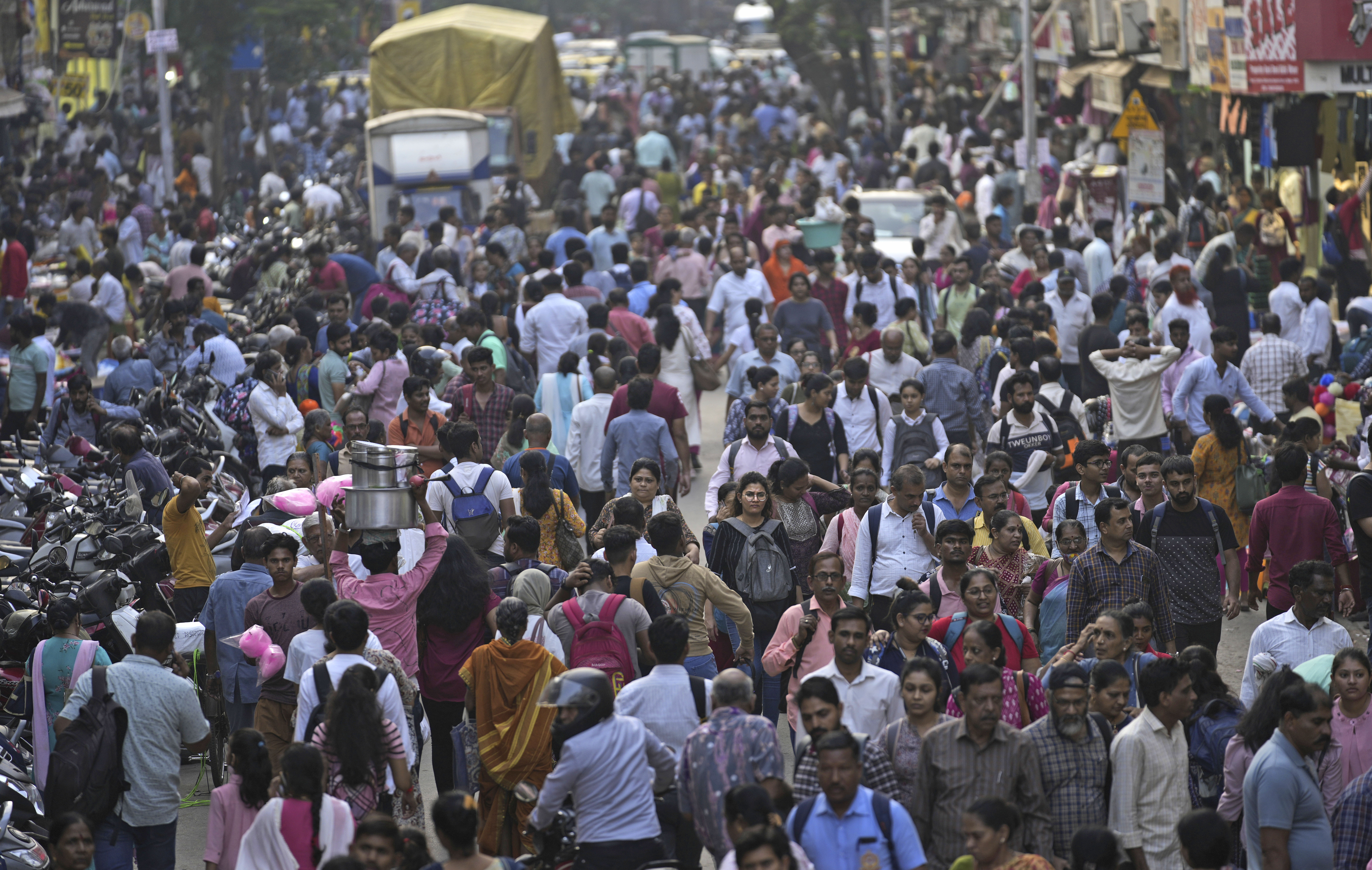
India’s Finance Minister Nirmala Sitharaman’s interim budget last week marked nearly 10 years of Prime Minister Narendra Modi’s government. Sitharaman showcased the government’s achievements over the past decade, rather than shower freebies, ahead of national polls due in a couple of months. A careful analysis shows the changing patterns in the Indian economy.
Sitharaman reduced the food subsidy by 3.3 percent to 2.12 trillion rupees ($25.5bn) in 2025 from 2.05 trillion rupees ($24.6bn) in the current fiscal year. The fertiliser subsidy was also reduced while keeping up capital expenditure at 1.3 trillion rupees ($15.6bn).
Keeping such spending in check allowed her to announce that the fiscal deficit would be 5.1 percent for the year ending March 2025, lower than market expectations of about 5.3 to 5.4 percent.
The “fiscal deficit was one of the most surprising things in the budget”, said Suman Bannerjee, the chief investment officer at Hedonova, a global hedge fund. “This was lower than we had expected.”
The reduced subsidy also indicates India’s “move away from agriculture towards manufacturing”, Bannerjee said.
The government had earlier announced free food supplies to India’s poorest, shielding them from potential food price rises.
In her speech, Sitharaman said the average real income has risen by 50 percent, more than 250 million people have been lifted from poverty while the economy has catapulted to the world’s fifth-largest from the 10th in the last decade.
These numbers were disputed by the opposition Congress party.
“COVID and this government’s GST [goods and services tax] have dealt a double blow to the country’s poor and small businesses, which this government has not addressed,” said Manickam Tagore, a Congress member of parliament and party whip.
Demand for the country’s Food for Work programme had grown just in the last year, indicating distress among the country’s poorest, he said.
In her speech, Sitharaman said the lower fiscal deficit was also enabled by growing private investment.
“We had looked at whether private sector capital expenditure is reviving and some green shoots are being seen,” said Sunil Sinha, the principal economist at Fitch Ratings. “There is not yet a broad-based corporate investment revival but investment in steel, cement, renewables and other sectors are growing due to increased government investment in infrastructure.”
The government’s improved tax collection may also have helped reduce the fiscal deficit, Bannerjee said. Higher tax realisation had come by increasing the ambit of luxury tax, such as including restaurant spending.

All of this allowed the finance minister to keep to her capital expenditure allocations while keeping the fiscal deficit in check. India has been building public infrastructure such as roads, metros and ports at a record pace, driving economic growth. “She has not diluted her capex focus,” Fitch Ratings’s Sinha said.
Rural India
The finance minister also announced several schemes aimed at shoring up the rural economy such as for building rural housing, free food for the poor and boosting aquaculture.
While India’s economy is expected to grow at a robust 7.3 percent in the year ending March 2024, there is concern that it is urban-centric.
“She lives in an ivory tower. She doesn’t know the pain of the people,” the Congress Party’s Tagore said. “Across small towns, I see medium and small enterprises have closed due to the implementation of GST.”
Thursday’s budget measures could help bring the benefits of urban growth to boost the rural economy. “Some of these are like an indirect income transfer,” said Fitch’s Sinha. “So far, the benefits of growth are accruing to the top 50 percent in urban India. Some investment had to be done so benefits could reach rural areas.”
Gender focus
The finance minister also announced several initiatives to boost women’s skill-building and entrepreneurship, including the expansion of a scheme to train rural women on skills such as bulb-making and plumbing.
Female participation in the rural workforce has been growing, although it is largely in agriculture. This is often marked by low wages and seasonal work. Acquiring such skills could help transition women to manufacturing jobs.
“Data shows that while [the] unemployment subsidy has fallen, female unemployment is down and male unemployment is up,” Hedonova’s Bannerjee said.
India has had low female participation in the workforce, with only 37 percent of women in formal employment in 2023. The finance minister said women’s enrolment in higher education, as well as STEM [science, technology, engineering and maths] courses, had risen sharply in the last decade.

However, Raghuram Rajan, India’s former central bank governor, recently told the BBC that not enough attention had been paid to creating “human capital” in India.
Sinha and Bannerjee underscored that detailed employment data had not been collected in the last decade. “We are flying blind without credible data on jobs,” Rajan had told the BBC.
Renewable energy
The finance minister announced a household rooftop solar energy scheme that will allow 10 million households to claim 300 units of free energy a month. These households could also sell back the surplus energy they generate. She also announced an expansion in charging infrastructure for electric vehicles and viability gap funding for wind power projects.
India has announced a target of getting to net zero by 2070 and these schemes lay out a roadmap towards that.
“The southern states are largely self-sufficient; this will help the northern states where there is a deficit. It will also help develop wind energy, which has lagged other renewable energy,” Hedonova’s Bannerjee said.
Sitharaman also set off the poll season by announcing a white paper to be tabled in parliament, which will look at where the country was until 2014, during the previous government, and where it is now, to draw lessons from the “mismanagement of those years”.
The careful spending ahead of elections may indicate the government’s confidence. It won elections in three major states just weeks ago and Prime Minister Modi also inaugurated the Ram Temple at Ayodhya on January 22 to nationwide fanfare.
Modi said the budget hit a “sweet spot” that made capital expenditure while maintaining fiscal discipline.







